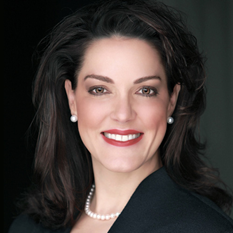I’ve written many posts about checklists, but realize that I have neglected context for financial advisors. The issue was highlighted in a conversation I had with Andy Gluck. “So, these checklists” he asked, “are they like work flow?” Well, yes, used one way. It helped me realize I have been discussing the tool without discussing its place in the workshop.
Checklists are a component of a system, and the system is more important than the checklist. Each function a financial advisor determines is important to his practice needs a process. The process could be a checklist, or it could be more narrative and detailed. The critical idea is that each activity of importance to the practice be a documented process. I envision checklists as tools for implementing those processes, but your practice manual could simply be a collection of those checklists. What role they play is up to the individual practitioner.
A best practice approach recalls my days as the chief compliance officer. An investment firm’s compliance system (whether broker/dealer or investment advisor) requires four P’s for each regulation — policy, person, process, and proof.
The policy describes how to address a particular situation. The situation in a compliance system is to satisfy a rule, but it doesn’t have to necessarily be a problem. An upcoming client appointment would be a situation that needs preparation.
The person is the staff member who is responsible for carrying out that particular process. The process is the collection of tasks to implement the policy. The proof is the record that the process was completed. The proof could be checkmarks or initials on a paper form, an electronic signature or stamp in software, or a dated report.
The point is that all these must be coordinated and diligently executed to ensure the practice consistently produces the desired outcome.
Each element in the operation of a financial advisor’s practice should somehow have these four Ps documented and used. The system can include a comprehensive explanation with rationale and steps, or it can simply be the checklist for carrying out the tasks. The form is less important than having a solid system, testing it and using it.
Without a system, too much is left to chance. The result — what’s done and how it’s done – are almost guaranteed to be inconsistent. You hope things will be done the way you intend. And, as the other members in my CEO learning group are fond of saying, hope is not a strategy. You would not be able to assure staff or clients of what to expect, and you cannot assure that the hoped-for outcome will be realized.
So, yes, Andy, work flow is a kind of checklist. It can be paper or electronic, comprehensive or specialized. As long as they are part of a system, you can be confident of producing consistent results. A well thought out, tested and document process, diligently and consistently implemented, is a hallmark of a successful financial advisor’s practice.



